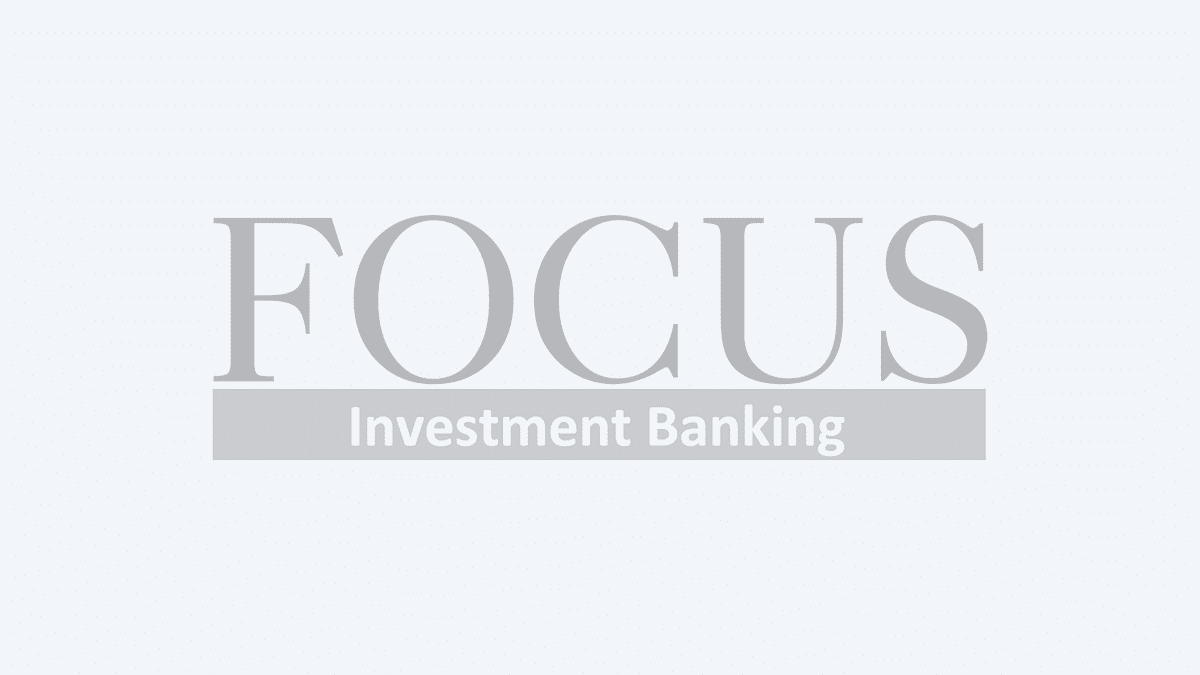
Commentary by Bob Moritz, Chairman and Senior Partner, PricewaterhouseCoopers LLP
In today’s hyper-competitive environment, companies must combine complementary expertise to fill individual gaps in products and services, says PwC Chairman Bob Moritz.
In his State of the Union address, President Obama was brief but to the point on healthcare. Declaring that about “10 million uninsured Americans finally gained the security of health coverage” because of the Affordable Care Act, he made clear he would veto any legislative attempt to roll it back.
Thus, absent judicial action, the Act is here to stay. Politics notwithstanding, this means the healthcare industry’s remarkable, ongoing transformation in the face of significant disruption will also continue.
Simply put: government action combined with market forces is creating a business case study we should all be reading, even as it’s still being written.
To be sure, healthcare is one of many industries facing significant disruption. In PwC’s recently published 18th Annual Global CEO Survey, U.S. CEOs identified various trends that they believe will be very disruptive for their industries.
Overall, 60% agreed that their companies face more threats to their growth today than three years ago. At the same time, however, these CEOs see substantial potential amidst the disruption – 67% agreed that there are more growth opportunities today than three years ago.
With this broader perspective in mind, let’s take a close look at the health sector.
At $2.9 trillion, the state of the U.S. healthcare industry is strong—and growing. In his speech, the president pointed out that health care inflation is at its lowest rate in 50 years. Those 10 million newly insured Americans are bringing in significant new revenue, but that’s only part of the story.
The health sector is proving to be highly adaptive to disruption and innovation, while also evidencing how the public sector and private sector can join together to accelerate market forces beyond a rate anyone foresaw.
Although consumers’ demands for greater roles in their healthcare decisions and purchasers’ demands for reduced costs existed pre-ACA, the landmark legislation turbo-charged these market forces.
Three Aspects Stand Out
First, the most startling metamorphosis over the last few years is the fast-paced transformation of health insurance into a true retail industry. The combination of the public and private exchanges, new market entrants and millions of new customers is fostering fierce competition over quality and price. The result is an industry that is increasingly responsive to its customers.
Second, employer-provided insurance remains our nation’s health insurance bedrock, despite the alternatives offered by the ACA. With only some exceptions, employers continue to provide their employees with insurance and in many instances are the leading innovators in devising high-quality, lower-cost care.
Third, employers and consumers, aided by the ACA’s incentives, are pushing the market to emphasize value and outcomes, compared with the outdated focus on volume. As a result, insurers are focused on health outcomes for patient populations, providers are changing how they care for patients and pharmaceutical and medical device companies are changing their investment and product development strategies. All the while, healthcare consumers are benefiting.
It’s important to examine how industry players are driving these changes and what strategies current and future market actors will need. I want to highlight three key trends in the new healthcare economy. Significantly, these topics are also on the front burner for U.S. CEOs in other sectors.
Three Key Trends
First, partnerships are increasingly important to success. In today’s hyper-competitive environment, companies must collaborate on innovative products and services, combining complementary expertise to fill individual gaps.
The Top Issues report reveals that 40% of Fortune 50 companies pursued new healthcare partnerships in 2014, and that 58% of consumers would be more likely to choose a healthcare company that partnered with others to improve services.
Given my focus on healthcare today, there is one strikingly disappointing number – that only 28% of U.S. CEOs are engaged in or contemplating partnering with government. As a result of the Act, a significant part of healthcare today is government-private sector partnerships in different forms.
The foremost examples are the public exchanges, in which private companies are competing in a government-established structure. Then, of course, there are hundreds of millions of dollars in grants and incentives that government is providing and that the private sector is using to innovate – to experiment with care delivery, develop new technology, study population health, and other areas.
Second, digital technology is a crucial focus, now and for the future. For example, consumers want more do-it-yourself health options, and entrepreneurs are obliging. Rapid innovation is everywhere, from the growth of the wearables market to mobile apps to FDA-approved digital medical devices. Indeed, in the first 10 months of 2014 alone, the FDA cleared 24 of these devices.
The heavy emphasis on digital technology is not unique to the healthcare industry. Eighty-eight percent of the U.S. CEOs we surveyed said digital technology was strategically important for data mining and analytics and 79% for customer engagement. Moreover, 85% said digital technology was creating value in operational efficiency and customer engagement.
Third, securing consumer data and ensuring privacy will be central to healthcare companies’ successes. While the Top Issues report revealed that more than 50% of consumers would be willing to share data to improve care coordination and nearly 50% would do so to support real-time decision-making, privacy is a major concern.
More than 65% of consumers said data security was more important to them than convenient access to imaging and test results, doctors’ notes, diagnoses and prescriptions.
Not just business, but government and society writ large must do better to facilitate these partnerships—the health care industry illustrates how they can work. If all three increasingly step up to the plate in the health and other industries, the potential benefits are incredible.













